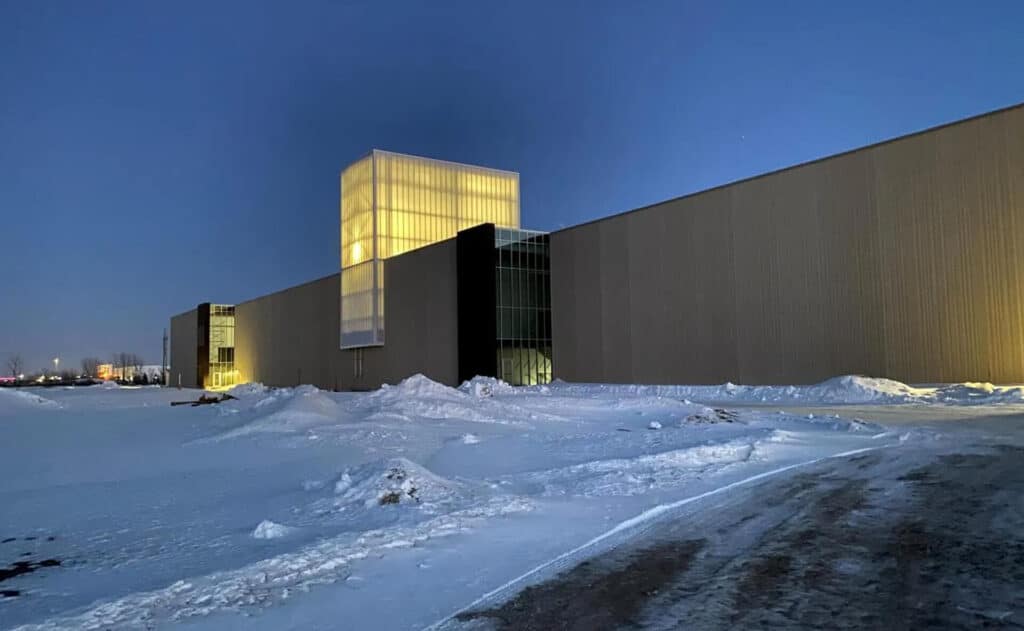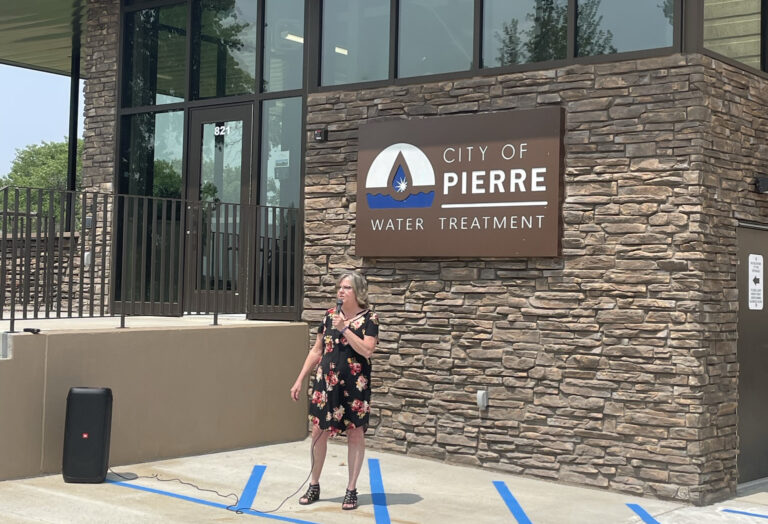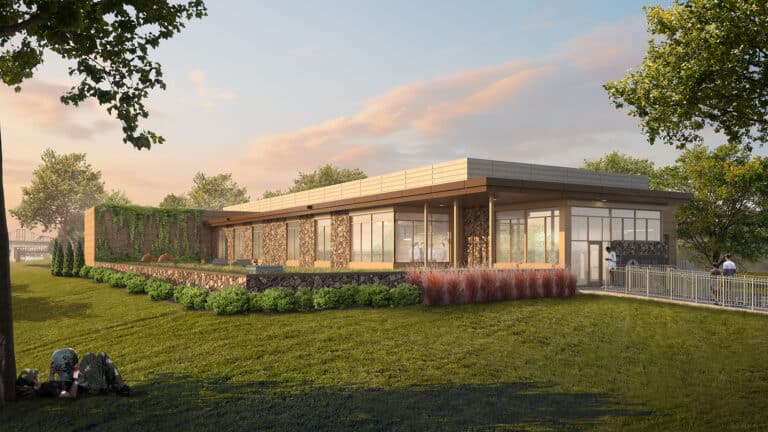The Grand Forks Regional Water Treatment Plant (GRWTP), a new hybrid water treatment plan, was constructed by Ulliman Schutte for Grand Forks, North Dakota.
For Grand Forks, the water treatment plant represents a valuable investment in this North Dakota city’s future. With a budget of $134 million, the goal of the project was to provide the cityʼs residents and industries with potable water throughout the full range of influent water characteristics and usage demands. Additional key targets included reducing seasonal taste and odor issues, treating for sulfates from Devil’s Lake discharges, and meeting upcoming regulatory requirements related to pharmaceuticals in water.
“One of the seminal events of Grand Forks was a flood in 1997,” said Todd Feland, Grand Forks city administrator. “It was a historic flood that inundated the city and out of that came a renewed master plan of what we should do with our drinking water system.”
Since the start of the project in December 2016, Grand Forks prioritized participation by local construction firms. Ulliman Schutte thus partnered with Construction Engineers in a joint venture to serve as construction manager at risk (CMAR). The CMAR team tracked the status of key project success criteria in a cloud-based project dashboard.
The 20 million gallons per day plant is basically two plants in one, with two parallel treatment trains utilizing different technologies: one based on reverse osmosis (RO) membrane filtration and the other based on conventional deep beds. In combination with ultrafiltration membranes and other physical and chemical treatment processes, the plant is well equipped to tackle the extreme swings in the quality of water it receives while optimizing the treatment stream.
Throughout the length of this new facility, a series of 30 feet deep, nearly 1 million gallon tanks utilize filtration and chemical treatments to convert the influent into potable water. Sitting on the edge of what was once limitless prairie, the new plant landscape incorporates prairie grasses and periodic blooming waves of prairie flowers to mark the passing seasons. Water will also be incorporated into the landscape of the retention basin, which transforms into a pool surrounding the testing labs.
The new GFRWTP replaces the aging and undersized existing water treatment plant, which sat beside the muddy Red River in downtown Grand Forks.
With designer AE2S and architect JLG Architects, Ulliman Schutte fully incorporated the use of building information modeling tools into all project stages. Early models allowed team members to visualize the plant in 3D during the design stages, which was key in facilitating communication and helping the team enhance form and function before execution of the project. During construction, the model was used to generate shop drawings, perform layout and record as-built conditions.
Due to the success of these tools, the CMAR team is looking beyond completion of this project to assist Grand Forks in evaluating possible incorporation of the BIM model into its asset management program.




